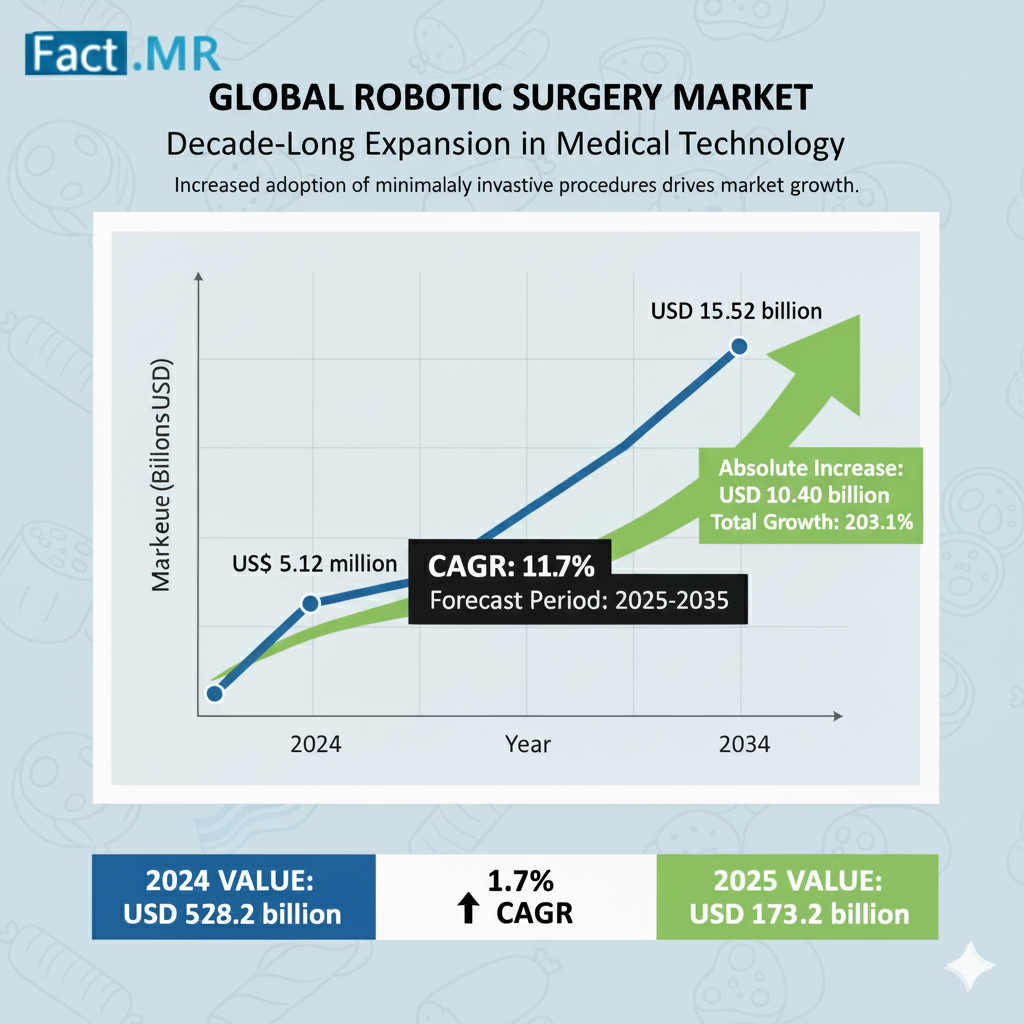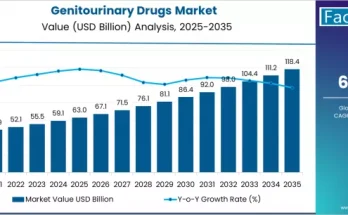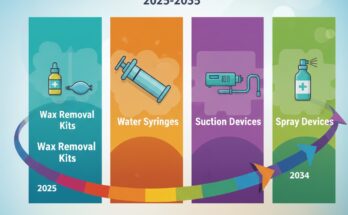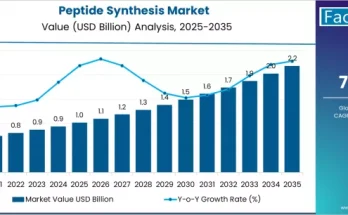The global robotic surgery market size is set to be valued at US$ 5.12 billion in 2024 and is forecasted to expand at a remarkable CAGR of 11.7% to reach US$ 15.52 billion by the end of 2034.This extraordinary rise underscores how artificial intelligence (AI), precision robotics, and automation are transforming the surgical landscape across hospitals, research centers, and healthcare institutions worldwide.
AI-Driven Precision Propelling a New Era in Surgery:
The exponential growth of robotic-assisted surgery is largely attributed to the ongoing AI revolution in healthcare. Surgical robots—equipped with mechanical arms, high-definition 3D cameras, and AI-powered software—are enabling doctors to perform intricate procedures with enhanced precision, flexibility, and control. These systems translate a surgeon’s hand movements into micro-motions that deliver unmatched accuracy, particularly in cardiovascular, neurosurgical, and orthopedic procedures, where the margin for error is minimal.
“AI is no longer an add-on in modern surgery—it’s the backbone of precision,” said a senior healthcare technology analyst at Fact.MR. “The convergence of robotics, advanced imaging, and AI-based diagnostics is redefining how hospitals approach complex operations.”
As robotic systems become more intelligent and adaptive, they are minimizing post-operative complications, reducing infection risks, and improving patient recovery times. In addition, robotic-assisted surgeries are providing real-time insights into the body’s internal state, enabling surgeons to make more informed decisions during procedures.
Minimally Invasive Surgeries (MIS): The Cornerstone of Growth:
A significant driver behind this market boom is the global shift toward minimally invasive surgery (MIS). Patients increasingly prefer surgeries that cause minimal trauma, smaller incisions, less pain, and faster recovery. Robotic systems such as TransEnterix’s Senhance Surgical System have become pioneers in this segment, enabling surgeons to perform delicate laparoscopic procedures like hernia repairs and gallbladder surgeries with unmatched precision and reduced hospitalization times.
Furthermore, the rising prevalence of gynecological, neurological, and urological disorders is spurring demand for robotic-assisted interventions. Hospitals and ambulatory surgical centers (ASCs) are rapidly integrating robotic systems to meet the growing need for precision-driven, patient-friendly procedures.
Regional Highlights: North America Leads, Asia-Pacific Rises:
The United States remains the undisputed leader in the robotic surgery landscape, accounting for over 63% of the global market share in 2024. Valued at US$ 3.1 billion, the U.S. market is projected to nearly triple by 2034, reaching US$ 10.45 billion, fueled by a 12.9% CAGR.
A key factor driving this surge is the rising adoption of robotic systems in ambulatory surgical centers (ASCs). These centers provide cost-effective, outpatient-based treatments, which significantly reduce healthcare costs for patients and insurers alike.
In Japan, increasing incidences of knee and hip replacements are propelling the integration of robotic systems across hospitals. Aging demographics, coupled with the high prevalence of arthritis and degenerative bone conditions, are accelerating robotic adoption. The market in Latin America, meanwhile, is projected to grow at a 7.8% CAGR, with Brazil and Chile emerging as focal points of robotic innovation and adoption.
Advanced Visualization Technologies Transforming Surgical Capabilities:
Next-generation robotic systems are incorporating high-resolution 3D imaging, augmented reality (AR), and AI-based visualization tools, offering surgeons enhanced anatomical insights. These technologies allow the examination of complex internal structures with unprecedented clarity, significantly improving surgical accuracy and patient outcomes.
Healthcare systems in emerging economies such as India, China, and Brazil are increasingly investing in these technologies, recognizing their potential to modernize healthcare delivery and address critical surgical skill shortages. As automation gains traction, robotic systems are becoming integral to future-ready medical ecosystems.
Challenges to Overcome: High Costs and Skill Gaps:
Despite promising growth, the adoption of robotic systems is hindered by high upfront investment costs, infrastructure requirements, and extensive training needs for surgeons. Regulatory complexities and patient safety concerns also necessitate rigorous clinical validation before widespread deployment.
However, market analysts believe these challenges will ease as technological advancements drive cost reductions and training programs become more accessible. Leading manufacturers are actively collaborating with hospitals and academic institutions to establish specialized robotic surgery training centers, ensuring that skilled professionals can operate next-generation systems safely and efficiently.
Market Leaders and Competitive Landscape:
The robotic surgery market is characterized by a mix of innovation-driven global leaders and emerging disruptors. Prominent companies include:
- Intuitive Surgical
- Stryker Corporation
- Zimmer Biomet
- Smith & Nephew
- Medtronic Plc
- Johnson & Johnson (DePuy Synthes)
- Asensus Surgical Inc.
- CMR Surgical Ltd.
- Renishaw Plc
- Corindus Vascular Robotics
- Olympus Corporation
Industry giants are focusing on strategic partnerships, mergers, and acquisitions to expand their robotic portfolios and enhance surgical precision.
– In January 2022, Smith & Nephew acquired Engage Surgical, strengthening its knee replacement technology offerings.
– In 2021, DePuy Synthes (Johnson & Johnson) secured FDA approval for its VELYS robotic system, expanding its advanced orthopedic solutions lineup.
Such strategic developments signal a race toward more intelligent, cost-effective, and patient-centric surgical solutions
The Future: Automation and AI as Catalysts for Medical Evolution:
As the world advances toward a new era of healthcare, robotic surgery represents the pinnacle of precision medicine. The next decade will witness AI-enhanced robotic systems capable of real-time analytics, predictive diagnostics, and semi-autonomous surgical actions. These advancements will redefine surgical excellence, positioning robotic systems not merely as tools but as intelligent collaborators in healthcare delivery.
Manufacturers and investors eyeing this transformative sector are poised to benefit from an innovation wave that merges data, robotics, and medical expertise to elevate global healthcare standards.
Browse Full Report-https://www.factmr.com/report/robotic-surgery-market



